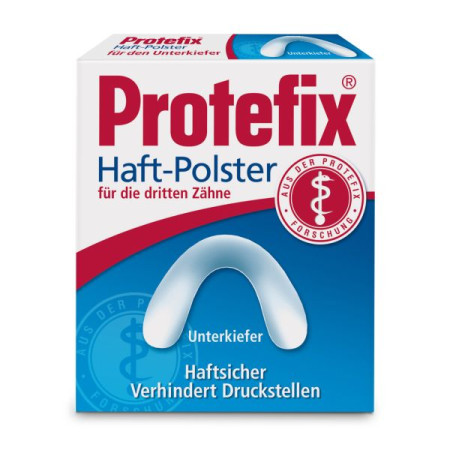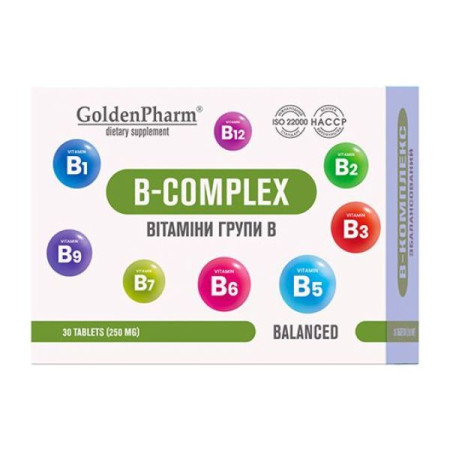Angio-BETARGIN solution for infusions 42 mg/ml 100 ml No. 1

Instructions for use Angio-BETARGIN solution for infusions 42 mg/ml 100 ml No. 1
Composition
Active ingredient: arginine hydrochloride.
1 bottle (100 ml of solution) contains: arginine hydrochloride 4.2 g;
excipient: water for injections.
Ionic composition per 1000 ml of the preparation: С6Н14Н4O2 – 200 mmol; Cl- – 200 mmol.
Dosage form
Solution for infusion.
Main physicochemical properties: clear, colorless or slightly yellowish-brown liquid.
Pharmacotherapeutic group
Blood substitutes and perfusion solutions. Additional solutions for intravenous administration. Amino acids. Arginine hydrochloride.
ATX code B05X B01.
Pharmacological properties
Pharmacodynamics
Arginine (a-amino-d-guanidinovaleric acid) is an amino acid that belongs to the class of conditionally essential amino acids and is an active and versatile cellular regulator of numerous vital functions of the body, exerting important protective effects in critical conditions of the body.
Arginine exhibits antihypoxic, membrane-stabilizing, cytoprotective, antioxidant, antiradical, detoxification activity, manifests itself as an active regulator of intermediate metabolism and energy supply processes, plays a certain role in maintaining hormonal balance in the body. It is known that arginine increases the blood content of insulin, glucagon, somatotropic hormone and prolactin, participates in the synthesis of proline, polyamine, agmatine, is involved in the processes of fibrinogenolysis, spermatogenesis, and has a membrane depolarizing effect.
Arginine is one of the main substrates in the urea synthesis cycle in the liver. The hypoammonemic effect of the drug is realized by activating the conversion of ammonia into urea. It has a hepatoprotective effect due to its antioxidant, antihypoxic and membrane-stabilizing activity, and has a positive effect on the processes of energy supply in hepatocytes.
Arginine is a substrate for NO synthase, an enzyme that catalyzes the synthesis of nitric oxide in endothelial cells. The drug activates guanylate cyclase and increases the level of cyclic guanidine monophosphate (cGMP) in the vascular endothelium, reduces the activation and adhesion of leukocytes and platelets to the vascular endothelium, inhibits the synthesis of adhesion proteins VCAM-1 and MCP-1, thus preventing the formation and development of atherosclerotic plaques, inhibits the synthesis of endothelin-1, which is a powerful vasoconstrictor and stimulator of proliferation and migration of smooth myocytes of the vascular wall. Arginine also inhibits the synthesis of asymmetric dimethylarginine, a powerful endogenous stimulator of oxidative stress. The drug stimulates the activity of the thymus gland, which produces T-cells, regulates the content of glucose in the blood during physical exertion. It has an acid-forming effect and helps correct acid-base balance.
Pharmacokinetics
With continuous intravenous infusion, the maximum concentration of arginine hydrochloride in the blood plasma is observed 20-30 minutes after the start of administration. Arginine penetrates the placental barrier, is filtered in the renal glomeruli, but is almost completely reabsorbed in the renal tubules.
Indication
Atherosclerosis of the vessels of the heart and brain, atherosclerosis of peripheral vessels, including with manifestations of intermittent claudication, diabetic angiopathy, ischemic heart disease, arterial hypertension, conditions after acute myocardial infarction and acute cerebrovascular accident, myocardiopathy, chronic heart failure, hypercholesterolemia, angina pectoris, chronic obstructive pulmonary diseases, interstitial pneumonia, idiopathic pulmonary hypertension, chronic postembolic pulmonary hypertension, acute and chronic hepatitis of various etiologies, hyperammonemia, hypoxic conditions, asthenic conditions during the process of convalescence, including after infectious diseases and surgical interventions, metabolic alkalosis, decreased thymus function, fetal growth retardation and preeclampsia.
Contraindication
Hypersensitivity to the components of the drug. Severe renal dysfunction, hyperchloremic acidosis; history of allergic reactions; use of potassium-sparing diuretics, as well as spironolactone.
Interaction with other medicinal products and other types of interactions
When using Angio-Betargin, it is necessary to take into account that the drug can cause severe and persistent hyperkalemia against the background of renal failure in patients who are taking or have taken spironolactone. Previous use of potassium-sparing diuretics can also contribute to an increase in the level of potassium concentration in the blood. When used simultaneously with aminophylline, an increase in insulin levels in the blood is possible.
Application features
In patients with renal insufficiency, diuresis and plasma potassium levels should be checked before starting the infusion, as the drug may contribute to the development of hyperkalemia.
Angio-Betargin should be used with caution in cases of endocrine gland dysfunction. This drug may stimulate the secretion of insulin and growth hormone.
It should be used with caution in cases of electrolyte imbalance and kidney disease. If symptoms of asthenia develop while taking this medicine, treatment should be discontinued.
Use during pregnancy or breastfeeding
The drug penetrates the placenta, so it can be used during pregnancy only when the expected benefit to the mother outweighs the potential risk to the fetus.
There are no data on the use of the drug during breastfeeding.
Ability to influence reaction speed when driving vehicles or other mechanisms
Caution should be exercised when driving or operating other machinery, as the drug may cause dizziness.
Method of administration and doses
The drug is administered intravenously drip at a rate of 10 drops per minute for the first 10 to 15 minutes, then the rate of administration can be increased to 30 drops per minute.
The daily dose of the drug is 100 ml of solution.
In case of severe circulatory disorders in the central and peripheral vessels, with pronounced symptoms of intoxication, hypoxia, and asthenic conditions, the dose of the drug can be increased to 200 ml per day.
The maximum rate of infusion solution administration should not exceed 20 mmol/h.
For children under 12 years of age, the dose of the drug is 5 - 10 ml per 1 kg of body weight per day.
For the treatment of metabolic alkalosis, the dose can be calculated as follows:
arginine hydrochloride (mmol)
---------------------------------------- ´ 0.3 ´ kg of body weight
alkali excess (Be) (mmol/l)
Administration should begin with half the calculated dose. Any additional correction should be made after receiving the results of an updated acid-base balance.
Children
The drug is used in children aged 3 years and older.
Overdose
Symptoms: renal failure, hypoglycemia, metabolic acidosis.
Treatment. In case of overdose, the infusion of the drug should be stopped. It is necessary to monitor physiological reactions and maintain vital functions of the body. If necessary, alkalizing agents and agents for establishing diuresis (saluretics), electrolyte solutions (0.9% sodium chloride solution, 5% glucose solution) are administered. Therapy is symptomatic.
Adverse reactions
General disorders: hyperthermia, feeling hot, body aches.
Musculoskeletal system: joint pain.
On the part of the digestive tract: dry mouth, nausea, vomiting.
Skin and subcutaneous tissue disorders: changes at the injection site, including hyperemia, itching, skin pallor, up to acrocyanosis.
Immune system disorders: hypersensitivity reactions, including rash, urticaria, angioedema.
Cardiovascular system: fluctuations in blood pressure, changes in heart rhythm, pain in the heart area.
From the nervous system: headache, dizziness, feeling of fear, weakness, convulsions, tremor, more often when the rate of administration is exceeded.
Laboratory indicators: hyperkalemia.
Expiration date
2 years.
Do not use after the expiration date indicated on the package.
Storage conditions
Store in the original packaging at a temperature not exceeding 25 °C.
Keep out of reach of children.
Packaging
100 ml of solution in bottle No. 1 in a cardboard box.
Vacation category
According to the recipe.
Producer
Private Joint Stock Company "Infusion".
Location of the manufacturer and its business address
Ukraine, 21034, Vinnytsia, Voloshkova St., bldg. 55.
Applicant
LLC "Farmunion BSV Development".
Applicant's location
Ukraine, 03151, Kyiv, Narodnogo opolchennya st., building 7, office 160.
There are no reviews for this product.
There are no reviews for this product, be the first to leave your review.
No questions about this product, be the first and ask your question.






